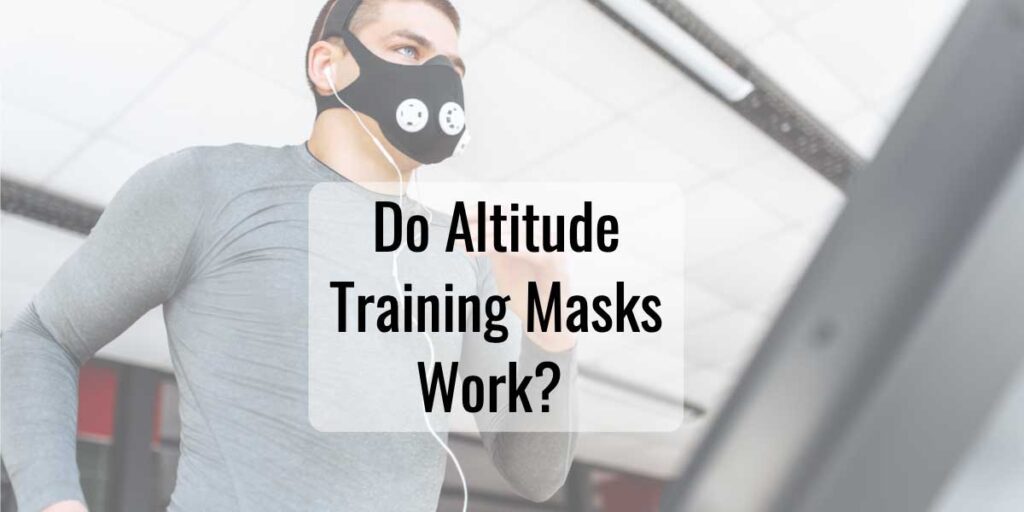Altitude training masks, marketed as tools to enhance breathing efficiency and simulate high-altitude conditions, present a controversial addition to the training regimens of experienced endurance athletes. These masks are designed to restrict airflow, purportedly forcing the respiratory muscles to adapt and strengthen, which is often framed as a means of increasing overall cardiovascular fitness. While the premise sounds appealing, a closer examination reveals that these devices may compromise rather than enhance athletic performance.
The mechanics behind these masks dictate that when they are worn, athletes face increased resistance while inhaling, ostensibly enhancing the work of the respiratory system. However, while this added challenge can engage the respiratory muscles differently, it also necessitates a reduction in exercise intensity. When airflow is restricted, athletes generally reach lower power outputs or speeds during high-intensity sessions. In endurance sports, where maintaining a certain work rate is crucial, this limitation can hinder the development of the very physiological adaptations that fuel performance.
Research emphasizes a critical insight: while there may be a minor cardiovascular benefit from the added resistance of these masks, the overall effectiveness of workouts will likely diminish. Elite athletes often choose to live at higher altitudes to benefit from physiological adaptations while descending to lower elevations for key training sessions that require peak performance. This underscores the previously understood necessity of maintaining high exercise intensity during training, an aspect compromised by the use of altitude training masks.
Delving deeper into the implications of respiratory muscle training, experienced athletes might reflect on more effective methods to develop strength and endurance. While the masks do prompt the respiratory muscles to work harder, they shift the focus away from strength gains that might be more efficiently obtained through targeted strength training modalities, such as weightlifting or interval sprinting. These exercises can enhance the muscular power necessary for sustained endurance without compromising performance output. Furthermore, the extent to which respiratory strength is enhanced by these masks remains questionable compared to specialized devices known as Inspiratory Muscle Trainers (IMTs), which facilitate controlled resistance breathing exercises at rest. This method allows athletes to focus solely on respiratory strength without limiting their endurance-focused workouts.
Research in the realm of endurance performance consistently shows that wearing altitude training masks does not yield a significant advantage. A key study found no beneficial effects on 5 km running performance for those employing training masks compared to those undertaking interval training alone. In contrast, athletes utilizing IMTs during recovery or low-intensity periods exhibited improved endurance metrics, demonstrating that the mechanics of respiratory strength training do not have to impede primary training efforts.
In summary, while altitude training masks have captured the interest of endurance athletes, they may fall short of delivering on their promises when it comes to enhancing performance. Instead, focusing on effective nutrition strategies, hydration protocols, and conditioning through dedicated strength training will provide far more substantial benefits. A meticulous approach to gut tolerance during prolonged efforts and precise nutrition timing can further amplify performance, while thoughtful fueling strategies tailored to individual metabolic rates can sustain energy levels over challenging durations.
As you refine your regimen, consider integrating a dedicated session for inspiratory muscle training into your routine several times a week. This method not only targets respiratory strength efficiently but also does so without interfering with the high-intensity sessions essential to your training. Prioritizing this structured approach can lead to enhanced aerobic capacity and endurance, without the drawbacks associated with altitude masks. Emphasizing a holistic training approach—where respiratory strength supports rather than detracts from endurance performance—will allow you to navigate long duration races in challenging conditions more effectively.
